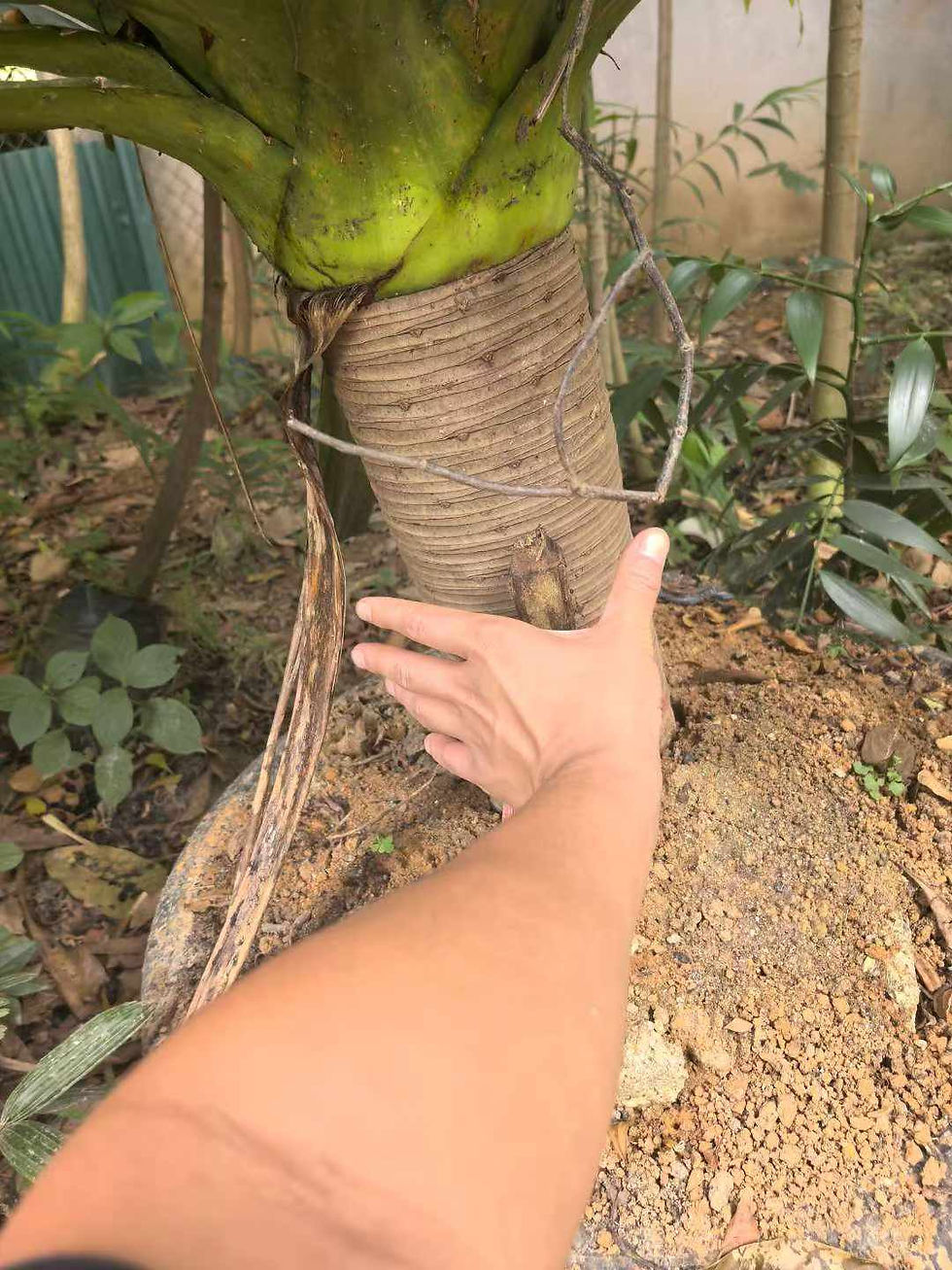Hypericum monogynum seeds mature in Sept.金丝桃 jin si tao. Shrubs, 0.5-1.3 m tall, bushy or usually with branches lax, spreading. Stems 2(-4)-lined and ancipitous when young, soon terete; internodes 1-5 cm, shorter than leaves. Leaves with petiole 1.5-2 mm; blade oblong to elliptic, 2.5-5 × 1.2-2.3 cm, thickly papery, abaxially paler but not glaucous; laminar glands very small dots; abaxial glands absent; main lateral veins 2- or 3-paired, all or upper sometimes uniting with midvein branches to form ± arched intramarginal vein, tertiary reticulation very dense, not very conspicuous; base cuneate to subangustate, apex acute to rounded. Inflorescence 1-15(-30)-flowered, from apical node, lax, shallowly round-topped, sometimes also from uppermost 1-3 nodes, rarely with 1 or 2 pairs of flowering branches; bracts caducous, linear-lanceolate, small. Pedicels 0.8-2.8(-5) cm. Flowers 3-6.5 cm in diam., stellate; buds ovoid, apex subacute to obtuse. Sepals ± spreading, broadly to narrowly elliptic or oblanceolate, equal to unequal, 4.5-13 × 1.5-6 mm; laminar glands basally lines to streaks, dots toward apex, margin entire, apex acute to rounded. Petals golden yellow to lemon yellow, triangular-obovate, 2-3.4 × 1-2 cm, 2.5-4.5 × as long as sepals; margin entire, eglandular; apiculus lateral, acute to rounded or obsolete. Stamen fascicles each with 25-35 stamens, longest 1.8-3.2 cm, ca. as long as petals. Ovary ovoid or ovoid-conic to subglobose, 2.5-5 × 2.5-3 mm; styles 1.2-2 cm, 3.5-5 × as long as ovary, united nearly to apices then outcurved or very rarely to half free. Capsule broadly ovoid or rarely ovoid-conic to subglobose, 6-10 × 4-7 mm. Seeds dark reddish brown, ca. 2 mm, narrowly carinate; testa linear-reticulate. Fl. May-Aug, fr. Aug-Sep. 2n = 42*.

































